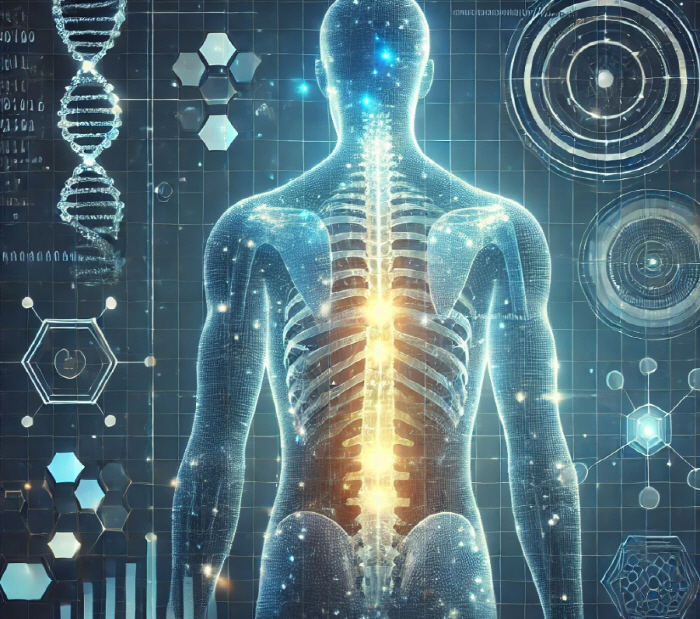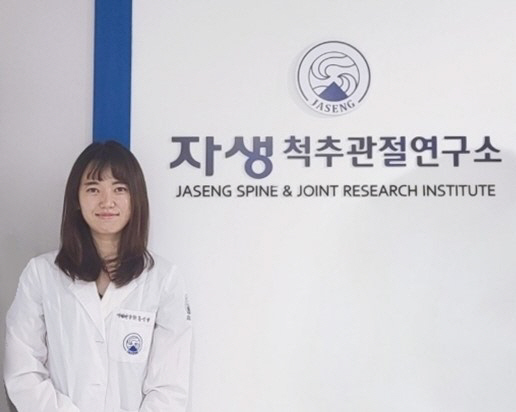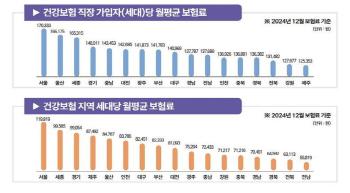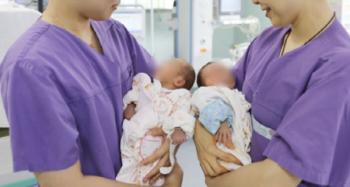Identifying the functions of genes related to spinal stenosis...Important Evidence for Treatment and Mechanical Research
Apr 02, 2025
|
Dr. Hong Jin-young's research team at Jaseng Oriental Hospital (Director Ha In-hyuk) announced on the 2nd that it published the results of the study to explore a new treatment strategy for spinal stenosis in the SCI(E)-level international journal Biomedicalines (IF=3.9).
Spinal canal stenosis is a typical degenerative spinal disease that causes pain and inflammation by compressing the surrounding nerves as the spinal canal narrows. The annual number of patients in Korea reaches about 1.8 million, and the incidence rate is high mainly in the elderly and the elderly. However, it mainly focuses on pain relief and inflammation suppression, and treatments to address underlying causes have not been established.
Accordingly, the research team analyzed gene expression changes in experimental mouse models to identify pathological mechanisms of spinal stenosis and seek new treatment strategies. The researchers collected the spinal cord of experimental mice that caused spinal stenosis and performed RNA sequencing using Next-Generation Sequencing (NGS). NGS is a technique that precisely analyzes changes in gene expression in specific diseases, and RNA sequencing is a technology that checks gene expression levels by analyzing RNA molecules in cells or tissues.
Out of a total of 30,560 genes, the researchers distinguished 1203 genes specifically expressed in the normal experimental mouse group and 749 genes specifically expressed in experimental mice causing spinal stenosis. In addition, 21,547 commonly expressed genes and 7,061 non-expressed genes were found in the two groups.
Based on the genetic data, the researchers analyzed differentially expressed genes (DEG) whose expression was significantly increased or decreased by spinal stenosis. Differential expression genes refer to genes whose expression varies greatly under certain conditions or environments, and through this, it is possible to investigate how spinal stenosis biologically affects.
As a result of the study, the activity of genes important for nerve recovery and protein synthesis is reduced in experimental mice that induce spinal stenosis, and the gene regulation system that weakens nerve resilience and maintains stability in the cytoskeleton has changed. In addition, the expression of genes involved in changes in cell structure and function has been further increased, which has been shown to have the potential to induce the expression of smooth muscle contracting fibers, which are muscles surrounding the inside of blood vessels, hinder blood circulation and stiffen spinal tissue.
Furthermore, among a total of 113 differential expression genes, Slc47a1, which is involved in toxin shedding, and Prg4, which aids in joint lubrication, had significantly increased expression in Spondylostomy mice, while Higd1c, which is associated with cellular energy metabolism, and Mln, which regulates digestive organ movement, had decreased expression. This suggested the possibility that spinal stenosis induces bioreaction to increase toxin excretion in the body and reduce friction in the vertebrae, while also affecting cellular energy metabolism and digestive organ function.
In particular, the research team analyzed that the increased expression of the Acta2 gene involved in Prg4 and muscle contraction and cell adhesion will not only play a key role in maintaining cell skeleton stability and composition of extracellular substrates, but also play an important role in identifying the mechanism of spinal stenosis.
Dr. Hong Jin-young of the Spinal Joint Research Institute at Jaseng Oriental Hospital said "This study is expected to provide an important basis for future research on treatments and mechanisms by identifying genetic functions and molecular pathways related to spinal stenosis."We will continue to expand RNA sequencing-based research in the future to continue researching not only spinal stenosis but also other spinal and joint diseases."
|
This article was translated by Naver AI translator.















